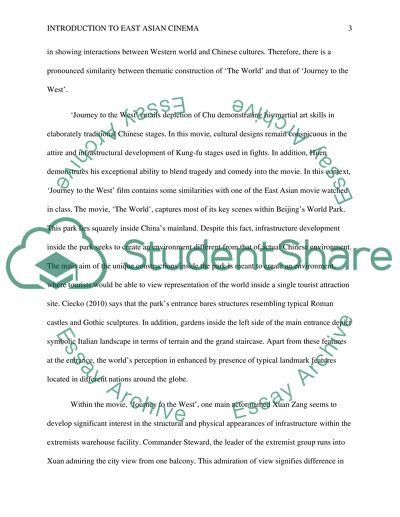Cite this document
(“Introduction to East Asian Cinema Essay Example | Topics and Well Written Essays - 1500 words”, n.d.)
Retrieved from https://studentshare.org/visual-arts-film-studies/1474447-introduction-to-east-asian-cinema
Retrieved from https://studentshare.org/visual-arts-film-studies/1474447-introduction-to-east-asian-cinema
(Introduction to East Asian Cinema Essay Example | Topics and Well Written Essays - 1500 Words)
https://studentshare.org/visual-arts-film-studies/1474447-introduction-to-east-asian-cinema.
https://studentshare.org/visual-arts-film-studies/1474447-introduction-to-east-asian-cinema.
“Introduction to East Asian Cinema Essay Example | Topics and Well Written Essays - 1500 Words”, n.d. https://studentshare.org/visual-arts-film-studies/1474447-introduction-to-east-asian-cinema.


